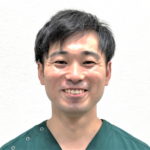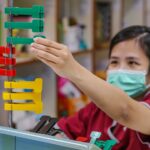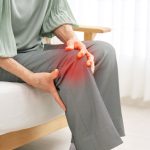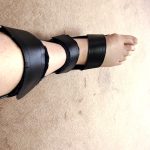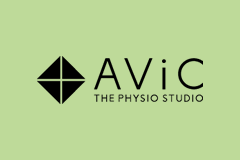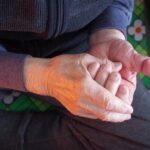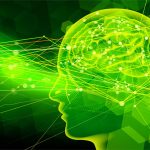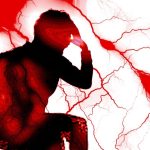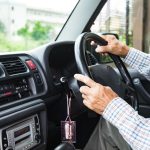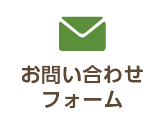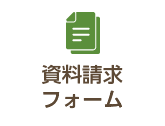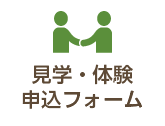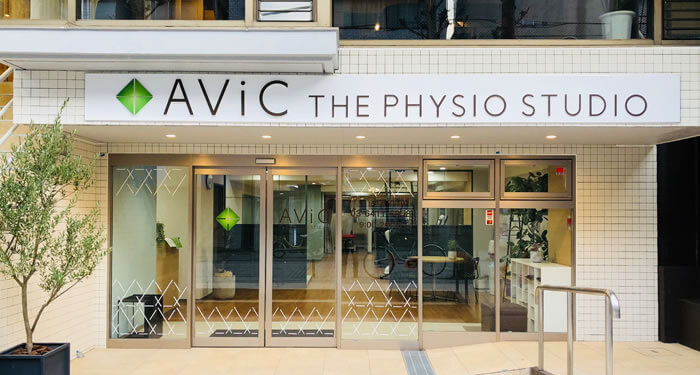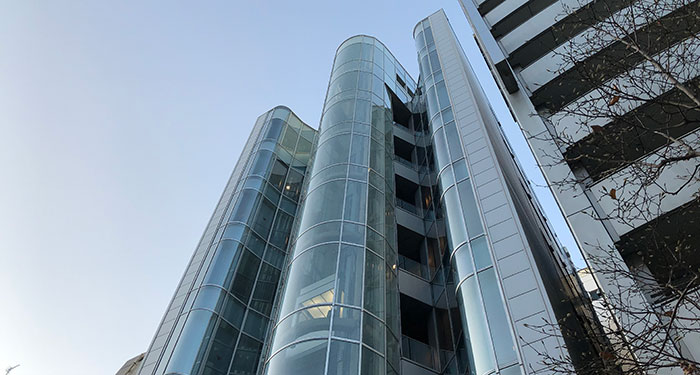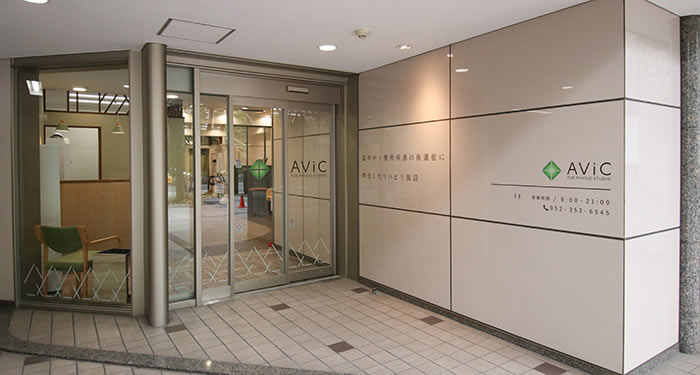Stroke Rehabilitation in Japan – Recovering After a Stroke
Rehabilitation refers to the process of helping a person regain lost functions, such as walking, speaking, or using their hands again. In this article, we’ll explain how stroke rehab works in Japan and what international residents should know.
Why Is rehabilitation So Important?
Stroke rehab focuses on helping people get back as much independence as possible. It includes exercises, training, and support tailored to each person’s needs.
Three important factors influence recovery:
- When rehab begins (timing)
- What kind of rehab is done (methods)
- How often it’s done (frequency)
“Rehabilitation with the right approach and frequency can support brain recovery (neuroplasticity) and help people make the most of their remaining abilities.”
– Japanese Association of Rehabilitation Medicine, 2020
In short, continuing the right kind of rehab at the right pace plays a big role in long-term recovery.
How Japan’s Healthcare and Rehabilitation System Works
Japan has a universal health insurance system, which allows all residents to access medical care at a reduced cost. For those who need long-term care, the Long-Term Care Insurance system (Kaigo Hoken) offers support at home or in care facilities.
However, there are limits on how much rehabilitation is covered by insurance – especially after leaving the hospital. That’s where private or out-of-pocket rehab services may come in.
Stroke Rehabilitation in Japan: 3 Main Phases
- Acute Phase
Right after the stroke – focus is on saving the patient’s life and preventing complications. Early rehab is started to prevent muscle weakness and stiffness. - Recovery Phase
Patients receive intensive rehabilitation in a rehab hospital. Therapies include: - Physical Therapy (PT)
- Occupational Therapy (OT)
- Speech Therapy (ST)
Rehab during this phase can continue for up to 180 days. - Long-Term Care Phase
After discharge, rehab often continues at home or through day centers. However, the frequency and intensity may be limited.
Some people choose out-of-pocket rehab to receive more personalized care with no insurance restrictions.
Challenges After Hospital Discharge
While inpatient rehab in Japan is thorough, continuing rehab after discharge can be challenging due to:
- Limited outpatient rehab sessions (usually twice a week, 20–40 minutes each)
- Group-based care under long-term care insurance, which may lack individual attention
Private Rehabilitation Options
More private rehab centers are opening in Japan. These offer:
・ Personalized rehab plans
・ No limits on session length or frequency
・ Support for returning to work or daily life
These options help stroke survivors continue their recovery journey beyond what insurance may provide.
For Foreign Residents in Japan
If you are enrolled in National Health Insurance (NHI), you can receive stroke rehabilitation covered by insurance.
However, because rehab coverage is limited, private rehab services may be a helpful option for ongoing support.
Summary
In Japan, stroke patients can access intensive rehabilitation while in the hospital, but options after discharge may be limited.
To continue making progress, it’s important to plan ahead and consider additional rehab services that suit your needs.
脳梗塞のリハビリTips
AViC Report よく読まれている記事


